Surgical treatments
Follicular Unit Transplant technique | Follicular Unit Extraction technique | Beard hair transplants
Follicular Unit Transplant technique
FUT is a well-established surgical method for hair restoration. However, achieving a natural look from FUT requires expertise that goes beyond the basic techniques. The Maitland Clinic’s team, led by Dr Edward Ball is among the world’s leading exponents of FUT surgery. We combine surgical excellence with long experience and an understanding of the aesthetics of how hair grows, to ensure that each patient can achieve the best possible result.
What is FUT/’Strip’?
Follicular Unit Transplantation (‘strip’ surgery) involves removing a thin strip of hair-bearing skin from a “permanent area” of the scalp, where hairs are genetically programmed to continue growing for life (the ‘donor area”). Healthy hair follicles are harvested from this piece of scalp tissue and transplanted into an area of hair loss (the ‘recipient area’).

Before and After FUT Hair Transplant
The FUT process
The FUT procedure begins with the removal of a strip of hair-bearing skin from the anaesthetised donor area of scalp, typically the back of the head.
The strip is then placed under specialised high-powered microscopes and the surgical team meticulously divide it into tiny grafts of individual follicular units comprised of one to four hairs (as they naturally occur). These grafts are placed in a chilled tissue storage solution (hypothermasol and ATP) until the team is ready to transplant them.
The site of the donor strip is closed using small stitches and is usually immediately covered by the surrounding donor hair. The stitches are removed after 10-14 days and the donor area heals to form a linear scar which is usually undetectable when covered by hair worn grade 4 or longer.
Patient after FUT hair transplant
Next, Dr Ball makes tiny incisions in the patient’s recipient area, which determines the angle, direction and density of the transplanted hair. The grafts are then placed into these recipient sites using very fine forceps. In order to achieve a natural look, Dr Ball pays extreme care and attention to the positioning and distribution of these follicular units, ensuring they blend seamlessly with the patient’s native hair.
FUT requires only a local anaesthetic and is virtually pain-free. The whole process can take between 4 and 12 hours depending on the size of the recipient area and the number of grafts that need to be transplanted.
Approximately four months after surgery the new hairs will begin to grow through in the treated areas of the scalp, continuing to thicken over the first 10 to 15 months. These hairs will continue to grow in the same way as those in the donor area, creating a natural, fuller head of hair.
Before and after 1438 graft FUT hair transplant
Is FUT right for me?
FUT is a very effective, long-lasting treatment for hair loss. However, it is not suitable for everybody.
Certain medical conditions such as bleeding disorders may preclude FUT, but there may be other factors that mean Dr Ball will advise an alternative treatment. Your age, the quality of your donor hair and considerations about future hair loss will all affect whether FUT is the best option for you. At your consultation we’ll discuss all of these factors with you, explain the pros and cons in detail, and advise you on what results you can realistically expect to achieve.
See more Frequently Asked Questions about hair transplant surgery here.
Follicular Unit Transplant (FUT)
Contact us
* Required fields











